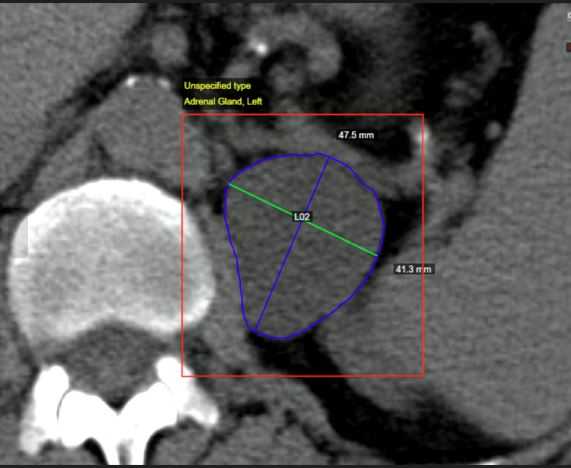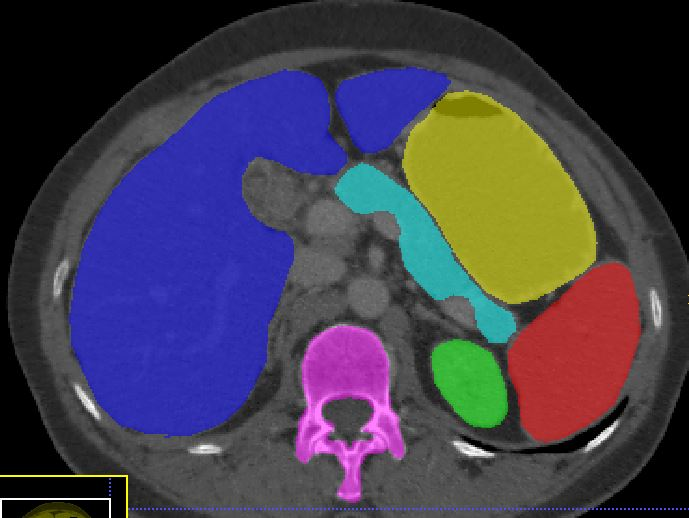Medical Data Annotation for AI/ML
The healthcare industry is increasingly setting higher standards for disease diagnosis, treatment, patient care, and other areas. Health care is now booming with a number of advancements in the field which were once thought to be impossible. Thanks to AI, without which these wouldn’t have been possible. Let's explore the idea of medical annotation in more detail now.
What is Medical Annotation?
Medical Data annotation is a process of annotating (labeling or tagging) medical data-related images, audio, videos, and text files for various applications.
What are the types of Medical Annotation?
Image Medical Annotation
Specialized medical annotators label medical images such as X-rays, CT scans, MRIs, ultrasounds, and PET scans. Bounding box, polygon, and semantic segmentation are some of the image annotation techniques which are employed.
Medical Audio Annotation
Audio annotation is the process of converting audio files to text format for interpretation by healthcare professionals and machine learning models. Most of the patient medical records are documented in audio format by the healthcare physician which is then annotated to text format. Some methods for audio annotation include speech-to-text transcription and audio classification etc.
Video annotation
Annotated video clips from the medical field, such as surgery videos, are used to train the machine model. According to studies, some of AI's surgical intelligence outperforms that of physicians.
Text Annotation
Here Medical documents, such as patient records and medical reports, are labeled for various automation and record management processes. Entity recognition (NER) is a type of text annotation that is widely used for data extraction.
Use Cases of Medical Annotation in Health Care
Medical data annotation is primary for all types of AI applications in health care. Some of the important applications of AI in healthcare are listed below
Early Diagnosis
Medical Image annotation of various Chest X-rays, CT scans, MRI, PET scans,s and so on gives exact information regarding the onset of any disease or abnormality. This data can be relied upon since the accuracy of medical imaging using AI is relatively high.
Cancer Detection
Since most cancers do not exhibit any signs in their early stages, they are known as silent killers. With AI in place, machine learning models have been trained using a large dataset of cancer images. These algorithms use this dataset as a knowledge reference and efficiently and accurately identify the precise locations of abnormality, thus aiding in predicting various cancers in the early stage itself.
Surgical robots
Robot-assisted surgery is now popular for its minimally invasive technology. In studies, it has been concluded that few outperform compared to regular surgical procedures. All these advancements are done by primarily annotating the medical video clippings.
Dental Care
Precisely annotated image training data is critical in detecting dental issues like decay and dent. The impact of any malformations is sometimes less obvious in the X-rays. The inability to diagnose in the early stages may result in serious complications. AI is now capable of identifying any abnormalities with utmost precision using a large number of annotated images.
Ophthalmology care
Image annotation is crucial in AI detecting various eye ailments such as glaucoma and diabetic retinopathy. Machine analyses annotated high-quality retina images and use them to interpret ailments.
Record Management
According to a study, 30% of healthcare costs are associated with administrative tasks. Healthcare professionals spend most of their time on tasks such as record management and updating, claims processing, etc. Annotated files have helped the system learn such autonomous tasks and thereby start performing such tasks automatically using AI concepts.
AI chat boxes
Based on the symptoms provided, Medical AI Chat boxes search the database of annotated files for the possibility of the occurrence of any disease or disorder and provide primary-level screening. Examples of Medical AI chat boxes are buoy, med what, gyant, and others.
Other Applications
AI that is enabled by data annotation enables the physician to locate fractures precisely. Today, planning and decision-making processes are being aided by AI. Wearable AI technology monitors the patient's heartbeat, patterns in breathing, and other health indicators. Additionally, annotated files are increasingly frequently used in research and development projects like drug development and clinical studies, and so on.

The image shows the detection of abnormality in the adrenal gland

